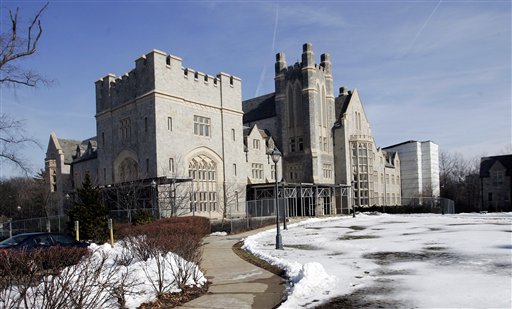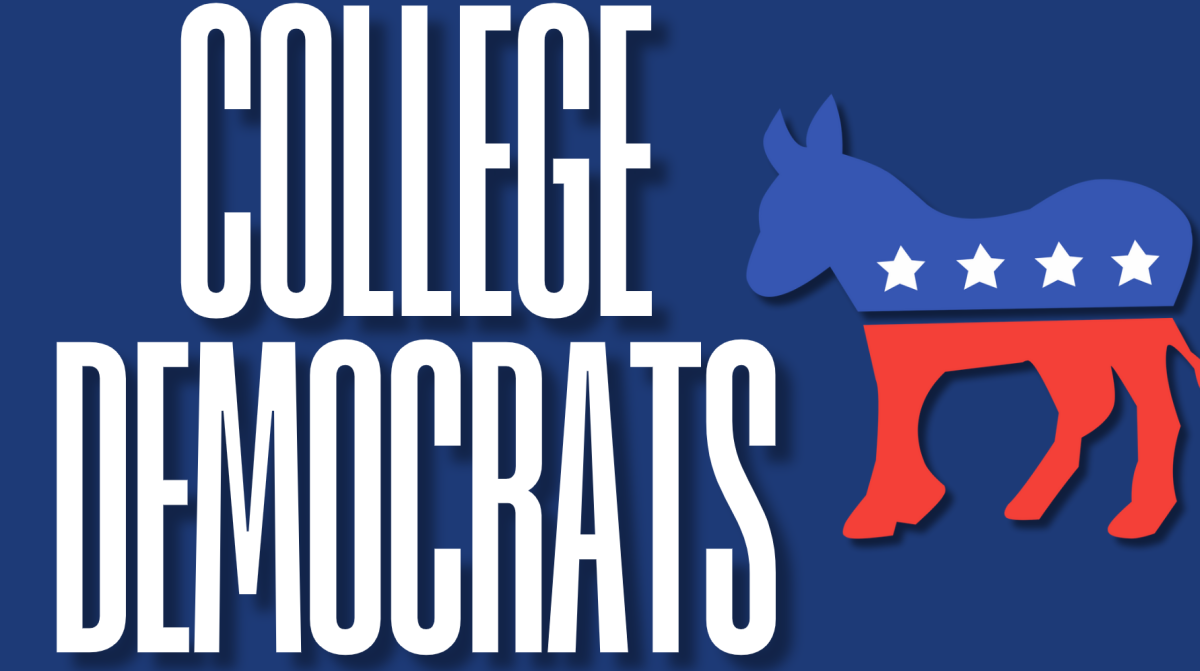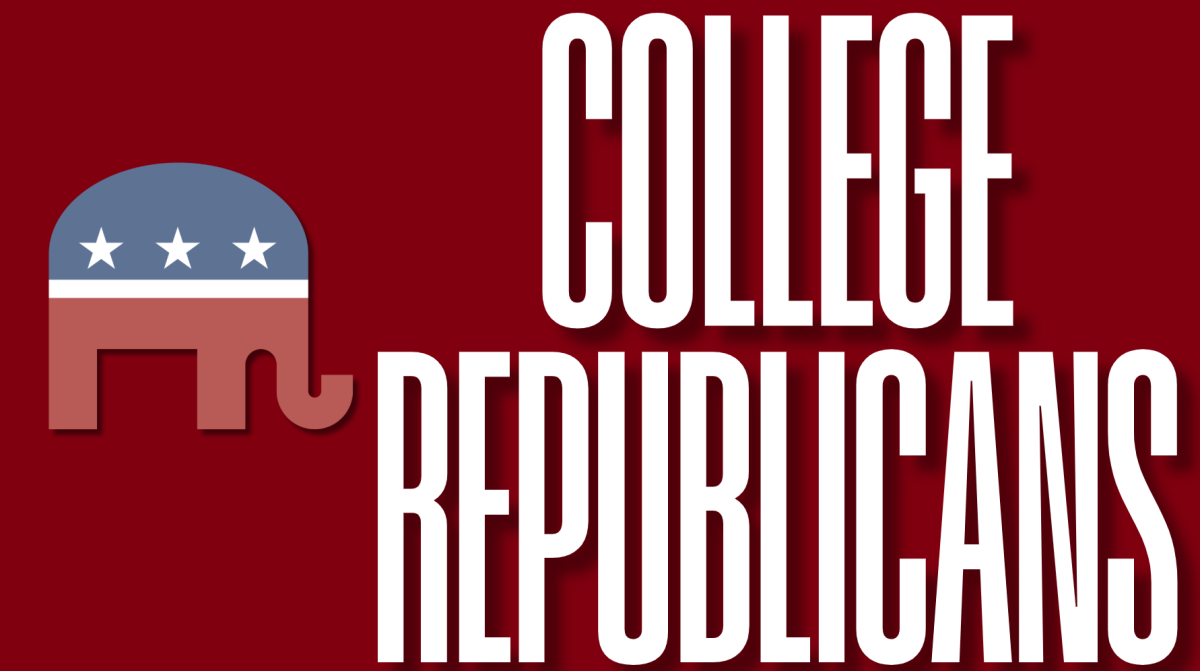
By Kacie Candela
At the University of Connecticut, applications are now open for the ScHOLA2RS House, “a scholastic initiative to groom, nurture and train the next generation of leaders to address grand challenges in society through the promotion of academic success.”
Like many of the Integrated Learning Communities (ILCs) here at Fordham, ScHOLA2RS will be a small community of about 40 students, located on one floor of a new STEM dorm currently under construction.
However, what sets it apart from the typical collegiate learning community is that it will serve only male, African American students.
The University of Connecticut has come under heavy criticism for the program. Many question whether the program itself is segregating.
I do not think so and neither does the university. The primary reason for the creation of the program is graduation rate. According to the 2016 data, the six-year graduation rate for all University of Connecticut students is 83 percent.
For minorities, that number slips to 77 percent. And for African American males, little more than half complete a degree in six years.
For a student body that is only 30 percent minority, these statistics are staggering.
University of Connecticut sophomore John Odoom was initially skeptical of the program, but after realizing the focus of ScHOLA2RS, he supports “any effort the university is trying to do to ensure African American males get the resources they need and the guidance to graduate and have success.”
“As an African black male born in Ghana, nothing would make my parents happier than to see me graduate and be successful because they sacrificed so much for me to be where I am,” he said.
However, Odoom will not be applying for ScHOLA2RS. “I really think that the program should be only for those who really need the support and the push,” he said.
He has already been admitted into the John and Valerie Rowe Health Professions Scholars Program, which supports students from backgrounds underrepresented in the health fields.
While many like Odoom are hopeful that ScHOLA2RS will serve the UConn community in a positive way, a major criticism of the program is that it is male only.
According to the official ScHOLA2RS webpage, “Black females are encouraged to consider applying to participate in one of our other Learning Community options.”
The reason why African American women were excluded is that their average graduation rates are higher.
Gianna Capriotti, a sophomore at UConn and an Actuarial Science major, is not upset that ScHOLA2RS is only for men.
“As a woman, there are already so many resources available to me,” she said. In regards to supporting underrepresented groups, she believes that the administration “has covered all its bases.” There is presently an all-female STEM learning community thriving at UConn, namely, the WiMSE House (Women in Math, Science, & Engineering) and a Women’s Center in the Student Union.
However, Elicia Bates, FCRH ’19, a first-year African and African American Studies and Anthropology double major, is critical of this gender disparity.
“There should be a similar program [for women], because they face similar issues regarding being a student of color on campus,” she said. “But it is understandable that they have one for males first, because African American males tend to have more trouble in school. Still, there’s no reason why they shouldn’t have one for black female students as well.”
It is not yet known how well ScHOLA2RS House will fit into the fabric of UConn’s larger community.
“We have a very connected and strong-willed African American student body, and to me, this should only help the community as a whole,” Odoom said.
Bates agreed that “it will definitely help with inclusivity…it won’t set them completely apart, like they would be at a historically black university.”
“They’re still in class and clubs and work with all types of students, but they are going home to a group of people who are similar to them,” Bates added.
Capriotti does not believe the program will change much in the UConn community at all.
“It’s one of those things that doesn’t affect anybody except the individuals in the program,” Capriotti said. “Those people might be more excluded, but if its something they want to do, who cares?”
The program is voluntary and its future members will forgo the experience of living in a non-race-based community.
But perhaps the support system provided by the community will benefit them more.
While there is an obvious sensitivity surrounding the concept of a learning community solely based on race, I believe that ScHOLA2RS House has the potential to create the same supportive atmosphere that members of ILCs at Fordham know and love.
American colleges and universities are supposed to nurture social experimentation and societal progress. The University of Connecticut is attempting to do exactly that by implementing ScHOLA2RS House.
The administration at the University of Connecticut should be commended for trying something that would be shunned as “taboo” at many other universities.
If this program is successful, it could serve as the model for similar programs all across the nation.
Kacie Candela, FCRH’19, is an International Political Economy Major from Franklin Square, New York.











































































































































































































TJ • Feb 25, 2016 at 12:30 pm
A race restricted Dorm? Are you Joking?